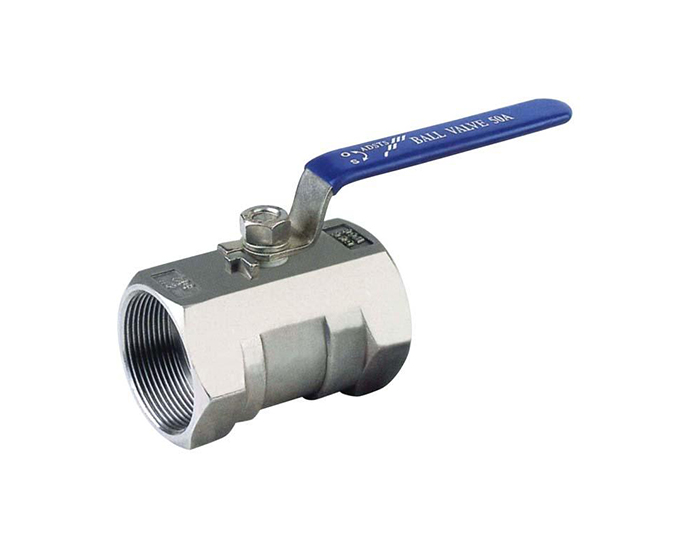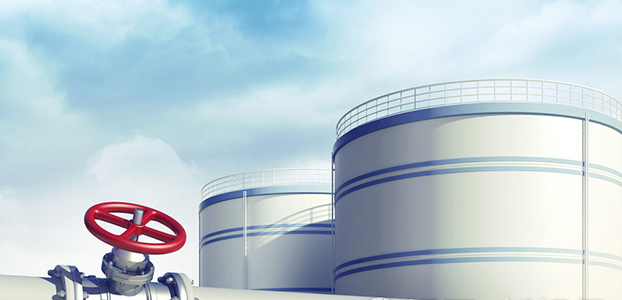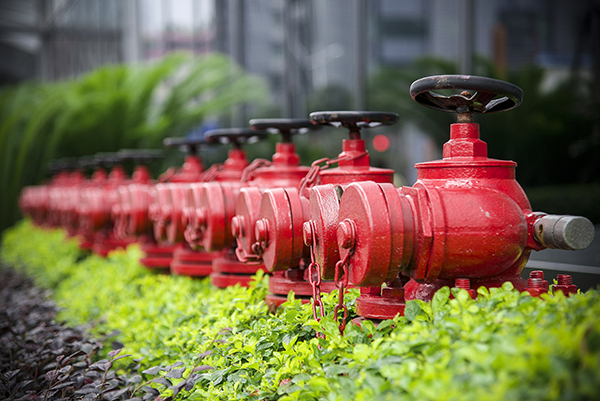10-05
10-05
Application requirements of modern industry to control valve
10-05
How to check the quality of all welded ball valve?
10-05
China takes the lead in formulating the first international standard for electric devices of industrial valves
Previous page
1
Next page
ldm@wzrxgj.com

Mobile Website
Lane 316, Yongxing Xiayang street, Wenzhou City, Zhejiang Province, China
Message
客户留言
描述:







